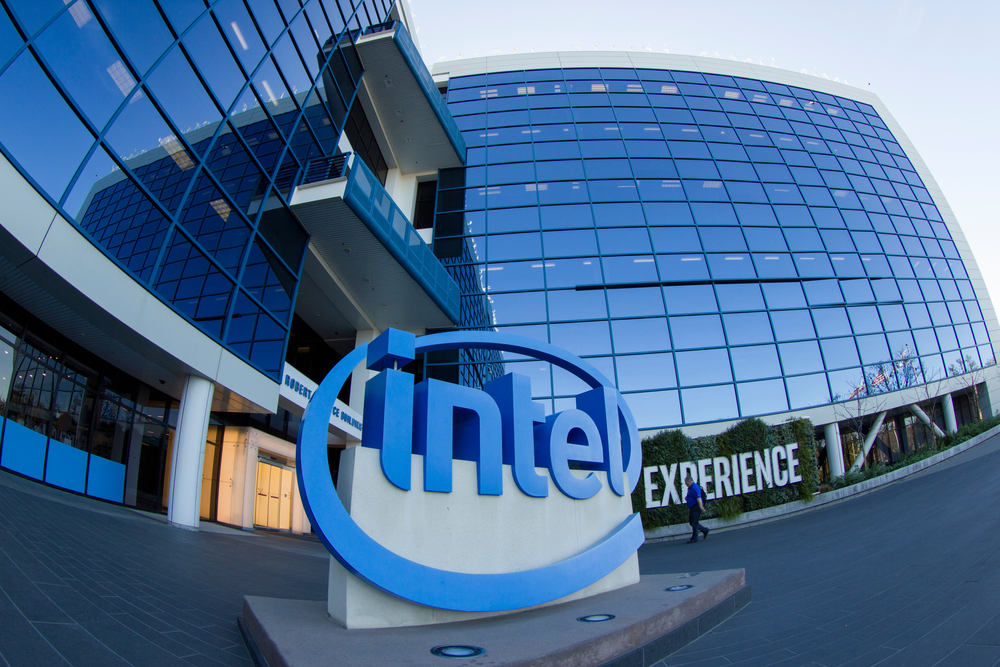
In the world of chipmaking, Intel is causing seismic shifts with its groundbreaking technology called PowerVia. This innovation has the potential to turn chipmaking on its head by altering how power is delivered to computer chips, transforming not only the manufacturing process but also the chips’ performance.
Traditionally, computer chips have been built in layers from the bottom up, with wires for power and interconnects added in the top layers. This approach has worked well historically but is now encountering significant challenges as chips become smaller and denser. The chaotic web of wires that provide both power and interconnection is hindering chip performance.
Intel foresaw these issues and embarked on a journey to solve them. The solution lies in “backside power,” a method that moves power wires beneath the transistors to the backside of the chip, leaving the front side dedicated solely to interconnection.
Intel’s implementation of this revolutionary solution, called PowerVia, involves building transistors first, followed by interconnect layers. The chip is then flipped over, and the bottom layer, where power wires will connect, is exposed. This unique process, while more complex, has numerous advantages that far outweigh the added complexity.
Power wires, which could occupy up to 20% of the chip’s front side, are eliminated, allowing interconnect layers to be simplified. This process ultimately reduces manufacturing costs and streamlines production.
The benefits of PowerVia extend beyond manufacturing. Test chips using PowerVia have demonstrated significant improvements in power delivery and signal wiring. This translates to enhanced chip performance, with faster processing and reduced power consumption. The Intel E-core designed with PowerVia, for example, showed more than a 5% frequency boost, a substantial improvement achieved by merely repositioning wires.
One of the most challenging aspects of developing PowerVia was creating debugging techniques suitable for this new configuration. Traditionally, chip testing relied on easy access to transistors in the bottom layer. With PowerVia, debugging required innovative solutions due to the transistors being sandwiched in the middle of the chip. However, Intel successfully developed and tested these debugging capabilities, ensuring the reliability of PowerVia.
Intel’s innovative approach to PowerVia is set to be introduced in its 20A node, scheduled for production in 2024. This revolutionary technology puts Intel ahead of competitors by approximately two years in the realm of backside power delivery. The first tangible result of PowerVia will be the Arrow Lake processor for PCs, expected to debut in 2024. This processor, utilizing Intel 20A’s inverted transistors, promises enhanced efficiency and performance, bringing the benefits of PowerVia to the masses.
Intel’s PowerVia represents a significant milestone in chipmaking, with the potential to revolutionize the industry by improving performance, reducing costs, and enabling more efficient and powerful computing for the future.


